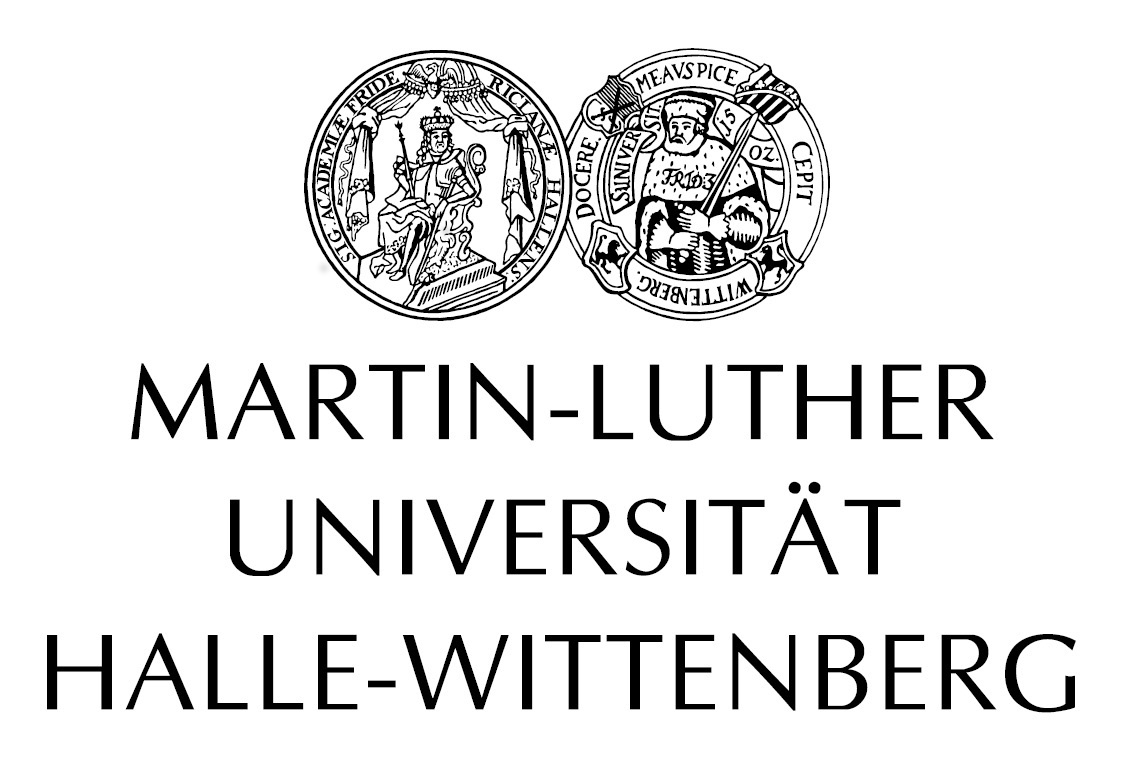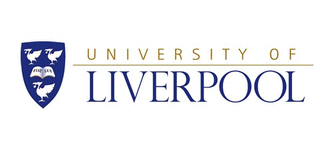Study
In the United States, annual HIV incidence continues to swell among men who have sex with men (MSM) despite overall stability or decline among other groups, a rate is expected to increase about 3% each year. In 2011, male-to-male sexual contact accounted for 79% of all new infections, prompting concerns about a resurgence of the HIV epidemic among MSM. These figures reflect both the continued expansion of HIV-related health disparities in MSM and the urgent need for further research focused on identifying opportunities for prevention among these individuals.
Alcohol use is a key factor in facilitating the spread of HIV among MSM6, primarily due to its relationship with unprotected sexual behavior. Although a robust literature has developed to understand the relationship between alcohol use and unprotected sex among heterosexual individuals, studies of this association among MSM are alarmingly scarce. Global studies generally support an association, and preliminary evidence from one experimental study focused on MSM conducted to date implicates acute alcohol intoxication in impairing condom use behavioral skills. However, experimental studies suffer a number of important limitations. Event-level research on the alcohol-risky sex relationship suggests that binge alcohol use may specifically increase risk for unprotected sex, but these studies have largely focused on one or two incident occasions. Ecological momentary assessment (EMA) offers unique opportunities to understand relationships between alcohol use and sex risk across many occasions and situation, and has the potential to lend essential insights into the moment-to-moment processes that precipitate drinking episodes and sex risk. These insights are critical to the endeavor to identify targets for state- or context-aware interventions.
Proposed Study and Specific Aims
The long-term goal of this project is to advance theoretical understanding of the moment-to-moment processes that influence alcohol use and sexual risk-taking among high-risk MSM. Specifically, the proposed research will focus on identifying situational (occurring in the moments prior to an event) and cumulative (occurring throughout the day) “triggers” that may uniquely increase the risk for alcohol intoxication and sexual risk behavior on a given day, as well as those that may potentiate the effects of intoxication on sex risk. An improved understanding of these factors is essential to understanding the cascade of events that can lead to high-risk sexual behavior among those at highest risk for HIV acquisition. Greater understanding of the proximal influences on alcohol use and sex risk behaviors among MSM is necessary in order to develop interventions that can be implemented in real-time to prevent behaviors that put MSM at risk for HIV acquisition. The short-term goals of the proposed research involve:
Specific Aim 1:
Identifying the situational/cumulative “triggers” directly associated with engagement in sexual risk behavior on a given day. We hypothesize that engaging in sex risk behavior will be positively associated with a host of potential theory-driven predictors, including intentions for engaging in unsafe sex, subjective sexual arousal, alcohol intoxication, other substance use, and social/contextual and affective variables.
Specific Aim 2:
Identifying the situational/cumulative “triggers” related to increased risk for alcohol intoxication on a given day. We expect that intending to drink to intoxication earlier in the day, drinking with friends in bars or at parties, and accepting situational social norms will exhibit direct, positive relationships with intoxication on a given day.
2a: We will also examine potential conditional processes that may increase the risk for drinking to intoxication occurring on a given day, particularly those that may be relevant to later incidents of sex risk. In particular, we will test the hypothesis that the cumulative effects of sexual arousal on a given day will interact with situation-level sex-related alcohol expectancies (SAEs) to predict intoxication on a given day when sex is planned, and that this relationship occurs indirectly through sex-related drinking motives.
2b: We will also test models of the cumulative effects of positive and negative affect, stress, and discrimination/“cognitive escape” experienced during the day on intoxication that night.
Specific Aim 3:
To test the hypothesis that alcohol intoxication is related to risky sexual behavior among MSM in the field, and if so, further characterize the precipitants of this behavioral sequence and potential moderators of this effect.
3a: We will examine factors that may be indirectly associated with increased engagement in sex risk behavior through alcohol intoxication. Specifically, we will examine whether the relationships observed in the models of alcohol intoxication ultimately convey higher risk for engaging in sexual risk behavior.
3b: We will examine potential moderators of alcohol’s effects on sexual risk taking, as well as potential conditional indirect effects. Specifically, we will test the hypothesis that, in addition to increasing the risk for intoxication on a given day, situation-level SAEs and subjective sexual arousal will also moderate the effects of intoxication on risky sex.
Method:
This study will employ a 30-day ecological momentary assessment (EMA) strategy for examining the primary hypotheses. During this 30-day period, participants will carry a smart phone equipped with moviesensXS© software, which is designed to facilitate completion of four types of assessments: (1) A participant-initiated morning assessment to be completed each day upon waking, (2) 6 software-initiated assessments, delivered randomly within 3-hour windows between the hours of 10 a.m. and 1 a.m., (3) a participant-initiated “drinking or drug use event” assessment, completed by users prior to or at the time of beginning drinking or drug use on a given day, and (4) a software-initiated “drinking or drug use event follow-up” assessment that is timed to be delivered automatically, 3 hours after a participant-initiated “drinking or drug use event” is identified. The items delivered in each of these assessments varies by assessment type. However, all are designed to be brief. The morning assessment may take up to 10 minutes to complete, while all types of assessment can be completed in about 3 minutes per assessment.





